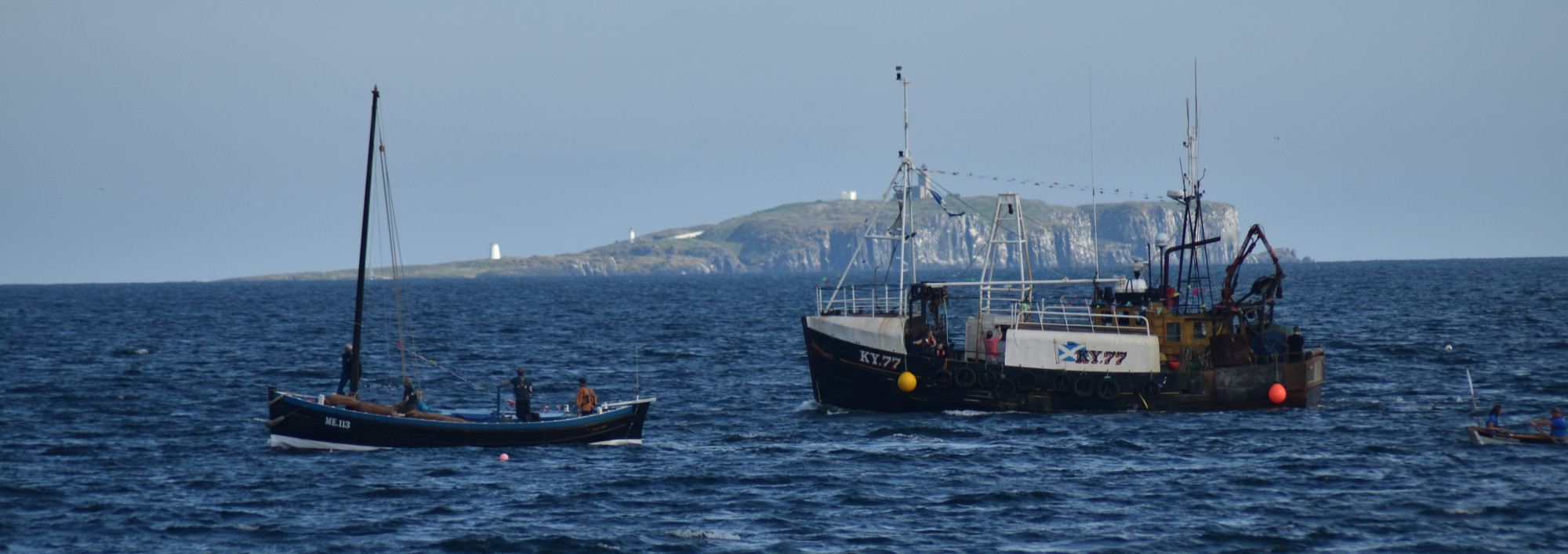The information I have been able to trace of the Cellardyke boatbuilders dates from the mid 19th Century to 1938 when the last boat was launched from Cellardyke. Much of the information has come from the British Newspaper Archive, where launches and adventures are reported. This period was the heyday of Cellardyke, with over 170 first classs vessels owned and a similar number of smaller vessels also worked by Cellardyke fishermen.
The Anstruther Customs records in the 1820’s-1830’s shows a Cellardyke fishing fleet of about 30 vessels registered. The majority being built in Leith by William Lindsay, and James Henderson of Anstruther ( who seemed to build somewhere near the site of the current Scottish Fisheries Museum) other builders were Andrew or James Leckie also of Leith . These vessels were all approximately 35ft long. It’s interesting to see that none of the Cellardyke fleet were built by Miller’s of St Monans, who was later described as father of the boatbuilding trade in the East Neuk, having started business in 1747, and set up in St Monans in 1777.
Harry Watson’s research shows a William Jack a boat builder from Leith operating in Cellardyke in the early 1860’s he later returned to Leith but retained a few proerties in Dove Street, additionally a William Lawson was listed as a boat builder at the same time, but I have no records of any of the vessels built by either builder. The piece of land they both worked on was taken over by Cunningham and Millar.

Full time skippers often owned more than one vessel, a large vessel for the herring, a smaller one for the great or big lines (cod, halibut, skate and ling) and the smallest for the small and hand lines (haddock, whiting, and hand jigging for herring). Depending on the vessel size and method of fishing a crew size would vary to efficiently operate the vessel and to work the gear. The small lines fished inshore would not be profitable with the 7 or 8 crew members required to fish the herring. The average first class vessel size increased in the 1860/70s to just under 50ft but then came down again for a few years to 45ft as this was the most versatile and profitable size for the fishings and the markets.
With the expansion of the railways the herring and great line fishing seasons established themselves round the country and this meant the larger vessels could potentially be profitable most of the year round. Winter herring season early in the year in the Firth of Forth, Spring, great line fishing at Shetland, Summer Lammas Drave at home, or based in Peterhead/Fraserburgh/ Aberdeen ( with ocassional forrays to Kinsale, Southern Ireland or the Western lsles depending on where it was most profitable to take the risk) and then to Yarmouth and Lowestoft in the autumn early winter. This meant the vessels could get bigger and with the invention of the steam capstan which enabled hoisting the huge sails and hauling more nets , the first class Fifie average size became 70ft by 1900.
The Cellardyke boatbuilders were innovators, introducing carvel build to the East Neuk, flush decks, and trying various safety measures to protect the fishermen while working in treacherous waters.
There is no doubt these men were interesting characters, Aleaxander Cunningham, an adventurer. John A Miller, highly respected and tenatious at keeping his trade going in the face of financial ruin multiple times, and Provost Carstairs entrepreneur and advocate for the fishermen, commissioning and building what could be described as the first of the modern fishing fleet in the transition from sail to steam to motor power.

Although these builders in the 19th C were highly respected they could not maintain all the orders for vessels of a fleet the size of Cellardyke’s, Christopher Pottinger operated in Anstruther from 1855-1871, William Jarvis took over as the main builder in Anstruther from 1868 -1899, with his yard next to the lifeboat shed in Anstruther. On his retiral he sold his buisiness to Miller’s of St Monans who operated there until WW1. Later Walter Reekie took over that yard, and Alexander Aitken established his buisiness next to the current Scottish Fisheries Musuem. On the deaths of Reekie and Aitken the yards in 1950’s became Smith and Hutton’s which eventually closed in 1975. Operating in Pittenweem was William Fulton from about 1874 – 1919, and in St Monans, Robertsons’ 1861-1913 ( taken over by his son in law, Walter Reekie until 1950. Millers 1877- 1992. Later Miller’s of Methil. and James Reekie ocassional builder St Monans and Port Seton. The scale of the industry was huge. In 1903, 26 vessels were built in the East Neuk, by four builders, a 70ft Fifie keel laid and ready for the sea every 5 weeks. Cellardkye skippers also had vessels built at yards all up and down the east coast of Scotland.
Thanks in this research must also be given to Harry Watson, Jim Young, John Cunningham and Harry MacAnespie.
Page 2 – Alexander Cunningham
Page 3 – John Alexander Millar
Page 4 – Alexander Thomson
Page 5 – East Fife Boat Building Co – Provost William Carstairs and George Forbes


